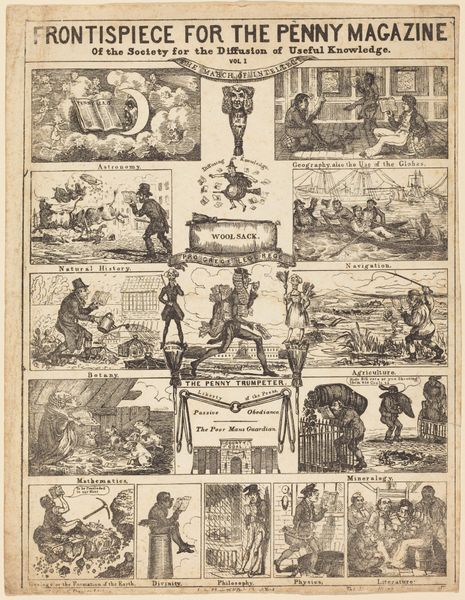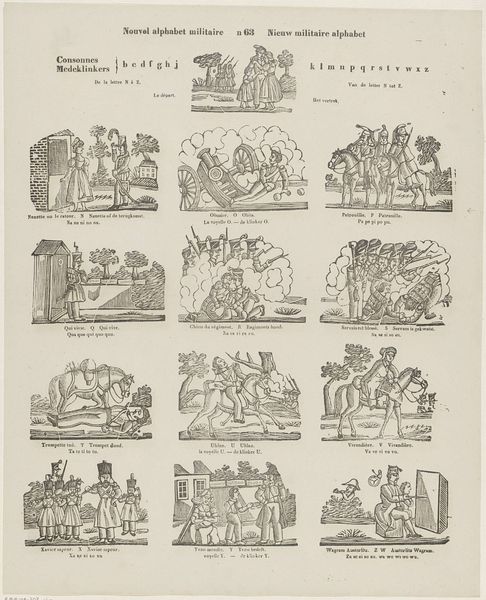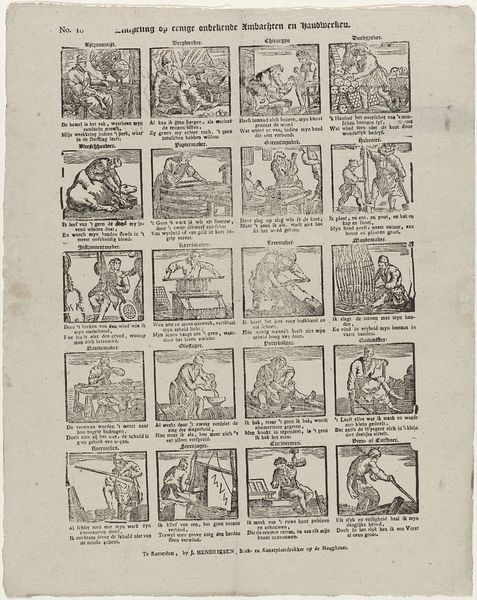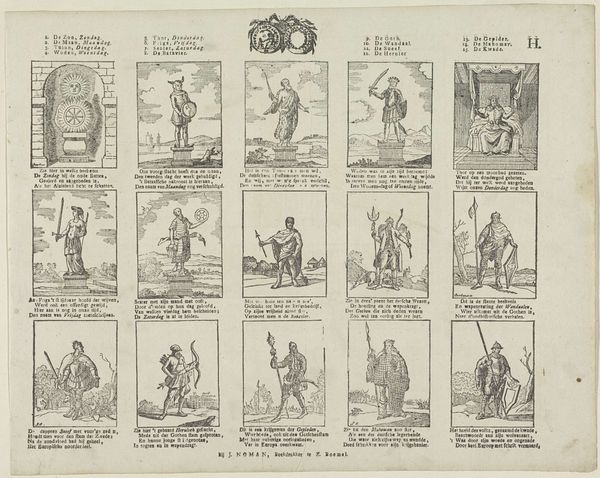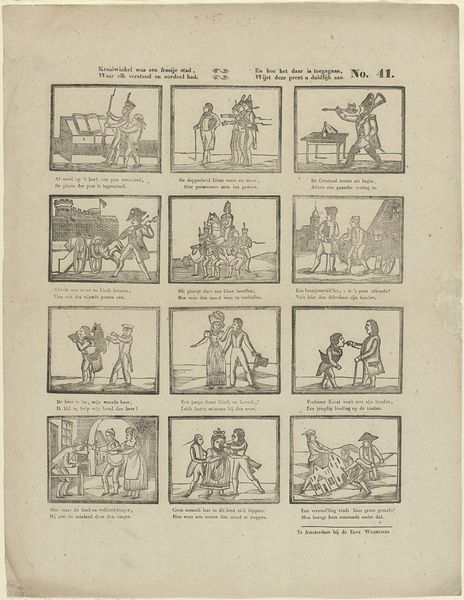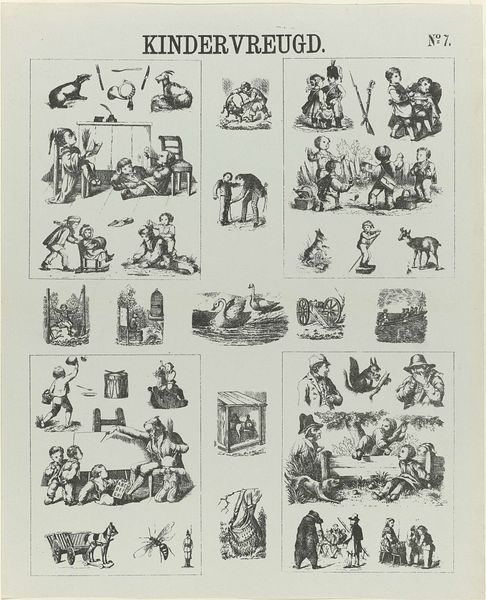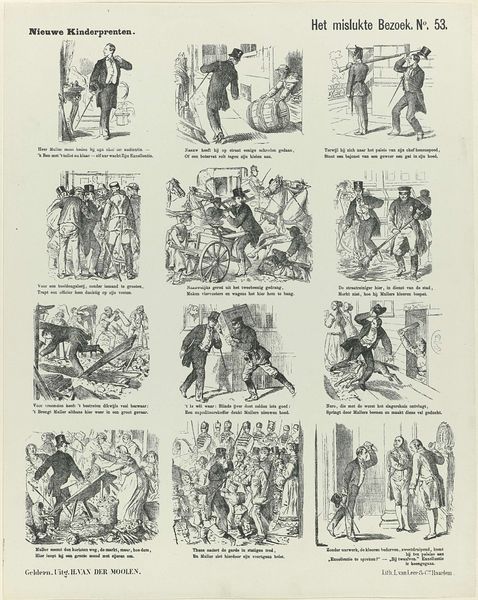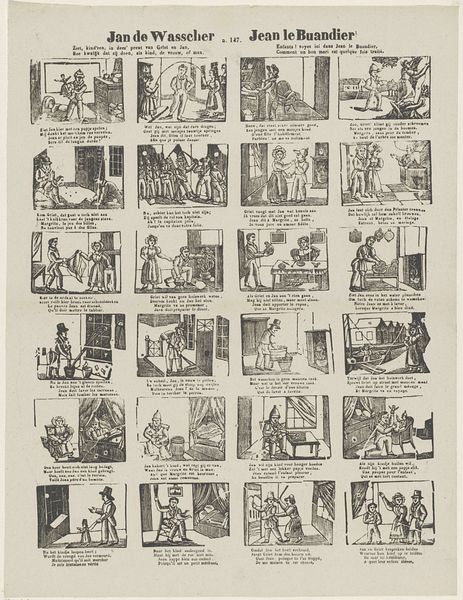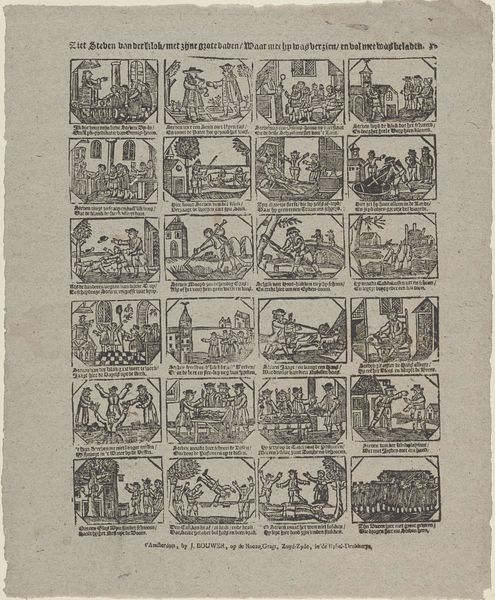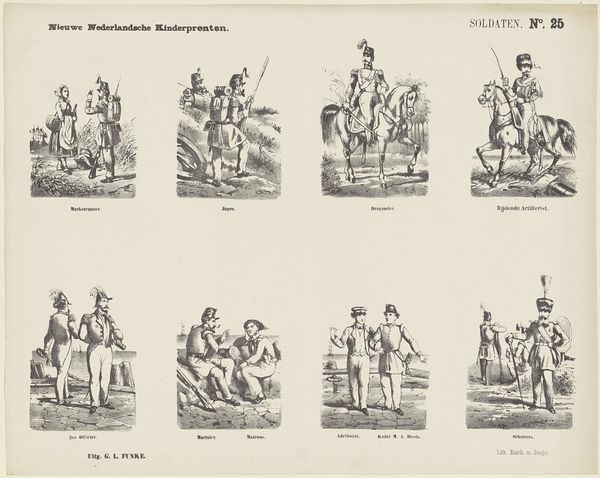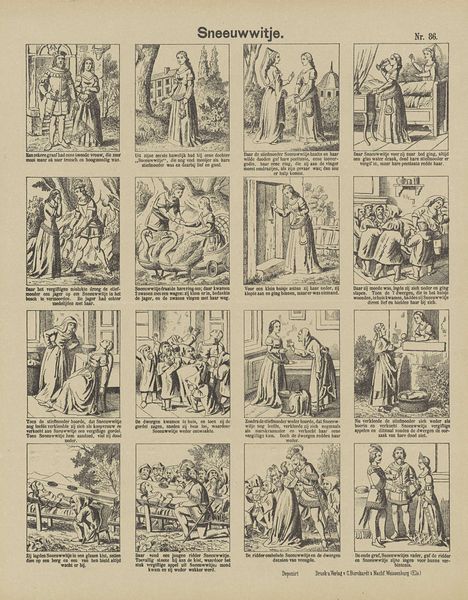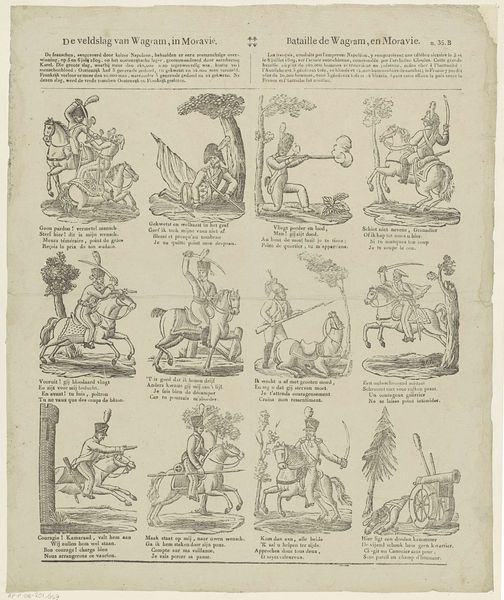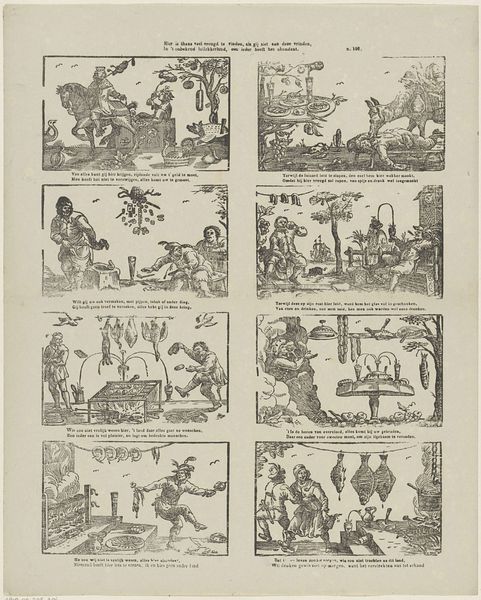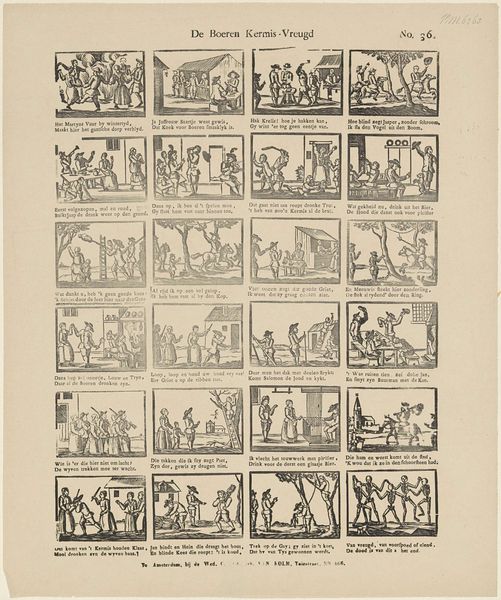
print, engraving
#
allegory
#
baroque
# print
#
old engraving style
#
traditional media
#
perspective
#
figuration
#
line
#
history-painting
#
engraving
Dimensions: height 333 mm, width 223 mm
Copyright: Rijks Museum: Open Domain
This print by Romeyn de Hooghe, made in 1691, is an etching on paper. The process of etching involves covering a metal plate with a waxy, acid-resistant substance, then scratching an image into that coating. When the plate is immersed in acid, the exposed lines are eaten away, leaving an intaglio design that can then be inked and printed. It is a means of production that became very important in this period, offering a relatively quick way to produce multiple images, such as this representation of fireworks over the Hofvijver pond. Consider the labor involved. While de Hooghe was a skilled artist, the etching process itself could be divided into stages, with different artisans handling the coating, etching, and printing. This kind of division of labor was becoming increasingly common in the 17th century, reflecting broader changes in how goods were produced. The finished prints would have been relatively affordable, extending access to a wider public. The materials, making, and socio-economic context are critical to understanding the importance of this print. It embodies the transformation of art from unique objects to reproducible images, impacting artistic practice as well as culture and society.
Comments
No comments
Be the first to comment and join the conversation on the ultimate creative platform.
